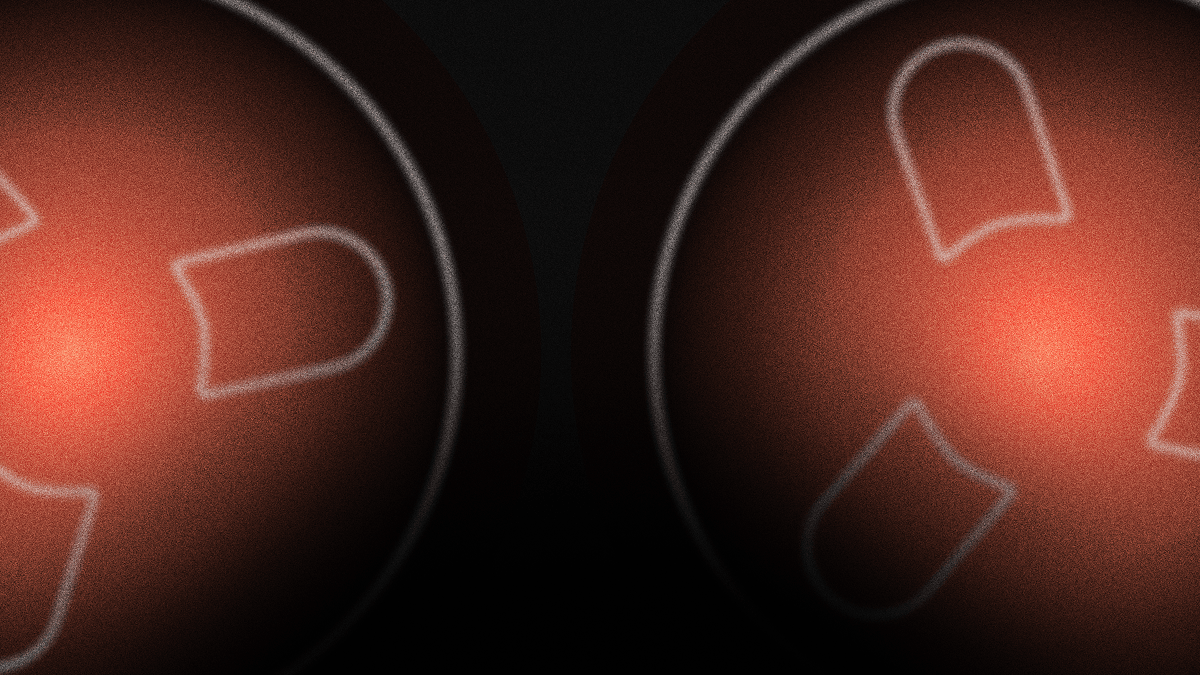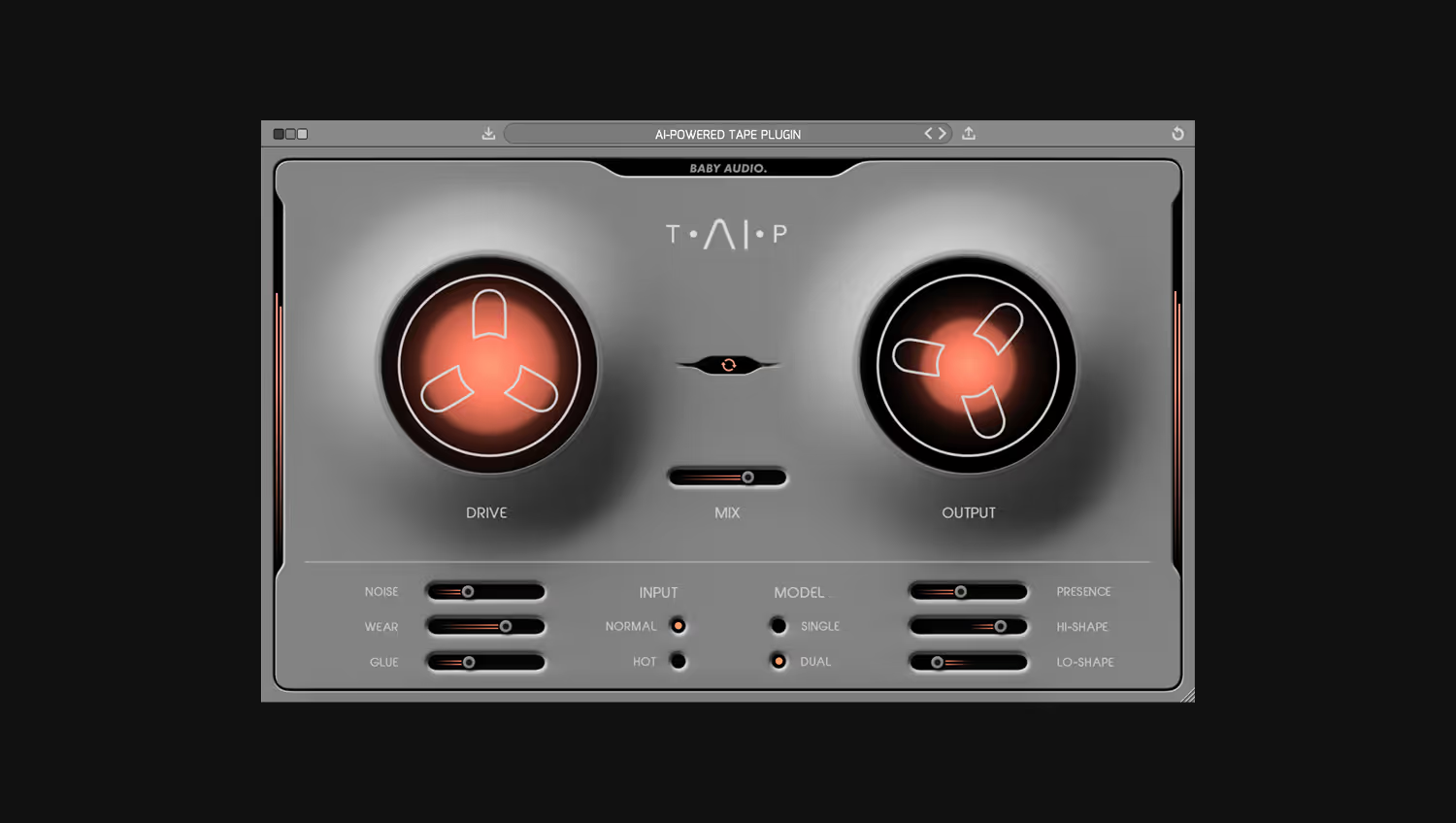Tape Saturation: How to Make Digital Tracks Sound Warm With AI

Tape saturation is one of the most sought-after sounds from the golden age of analog recording.
It’s the magical sonic quality that keeps engineers coming back to vintage tape machines, even in 2025.
But what exactly makes tape saturation so special? Where is it used in mixing and how can you get in your DAW?
In this article, I’ll explain the basics of tape saturation, where it works best, and how to bring it into your mixing workflow.
What is tape saturation?
Tape saturation is the subtle clipping and harmonic enhancement that occurs when recording audio to analog tape/
It's the quality that results from the electrical components inside the machine and the process of capturing sound with magnetic tape.
In addition to clipping, tape-style saturation can shift the tonal balance of a sound. In general, its effect adds richness to the upper midrange while subtly rolling off the high and low end.
While tape saturation is usually used for gentle enhancement, a heavily driven tape machine can produce intense distortion.
In the analog era, engineers seeking a hi-fi sound tried their best to avoid any kind of distortion.
But after the digital recording revolution, many producers realized that some tape qualities that were once seen as drawbacks could actually provide benefits.
These changes in harmonic content are known as nonlinearities and bring a pleasing sonic quality that producers have been chasing ever since.
Today, there are dozens of plugins built specifically to give you authentic analog tape saturation in the digital domain.
How to use tape saturation in mixing
Saturation is a useful tool in many mix situations.
Our ears are most sensitive in the presence zone between 2 and 5 kHz.
Tape saturation often introduces harmonics that emphasize this area. That makes it a great tool to bring sounds forward in the mix.
On top of that, its tonal qualities can help tame harsh highs and roll off boomy lows.
Additionally, tape has a unique aesthetic quality that can be perfect for certain styles. Plenty of lo-fi genres rely on vintage analog effects for their distinctive mood.
Here are a few examples of how to use tape saturation in your mix:
1. Upfront drums and percussion
Vintage drums are a subject of obsession for producers of all genres.
There’s something magical about the midrange punch and smooth top end of a great drummer recording to tape.
You can use tape saturation plugins to bring harmonic excitement to flat-sounding loops or add aggression to sterile close mics.
With lots of saturation, the driven midrange can push drums forward in the mix and enhance the song’s groove.
2. Extra harmonics for synth plugins
Today’s advanced synth plugins can produce extended highs that sound great in isolation.
But in a dense mix, that detail can disappear into the background and clutter up the top end.
You can try adding tape saturation to help focus the mids and highs on dry, airy patches like ambient pads.
3. Subtle smoothing for bright vocals
Vocals need plenty of high end to sit properly in the mix.
If you’re boosting highs a lot in your vocal chain, you might end up with some harshness as a result.
Tape plugins can be helpful for taming high frequencies without excessive filtering from EQ bands.
Try gentle settings on a tape plugin if you need additional high end smoothness you can’t achieve with EQ.
4. Aggressive drive
Pleasing, musical distortion is one of the most difficult effects to achieve in the digital domain.
But tape-style saturation has come a long way since the early days of VSTs.
In fact, many modern tape plugins sound great even when pushed past their limit.
If you dramatically increase the simulated tape’s input gain, you can push it into full blown clipping that retains its tape character.
It’s a nice alternative to heavy clipping methods like guitar amp plugins, as these can sound boxy and filtered due to speaker cabinet emulation.
How to get tape saturation in your DAW
These days there are plenty of options if you’re looking for tape saturation in a plugin.
Most approaches are based on modelling the individual components of a tape machine with mathematical equations.
While this method can be effective, the complex harmonics and unpredictable nonlinearities are tricky to get just right.
That’s where AI comes in.
Our TAIP plugin uses a neural network to accurately decipher the sonic characteristics that make tape sound and behave the way it does.
t works by feeding an algorithm with training data captured from a classic vintage tape machine.
By comparing the dry and processed audio, the AI can learn exactly what characteristics make up the difference.
With the neural network trained on these features, TAIP can apply them to new audio for a more faithful tape emulation.
TAIP saturation
However you decide to work with tape saturation, it’s an important tool to have in your plugin folder.
Whether you’re going for the subtle color of classic analog or the all-out sonic destruction of an overloaded deck, knowing how to use it will get you closer to your ideal sound.



.png)
-min.png)




